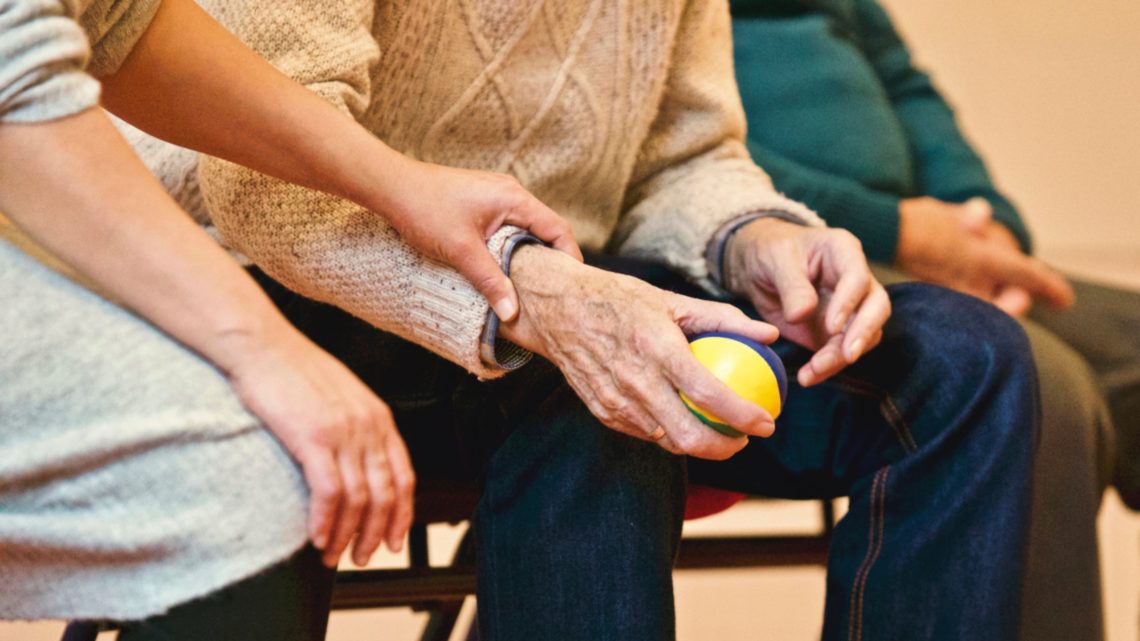Nursing home abuse is one of the most heinous types of abuse, but often goes unreported. It is estimated that as many as five million elders are abused each year, but only 1 in 25 cases is reported to authorities.
Nursing home abuse can occur in many different ways, some more obvious than others. The National Center on Elder Abuse identifies seven kinds of abuse involving the elderly community. To learn more about what constitutes as nursing home abuse and qualifications for filing a lawsuit, continue reading.
Neglect
More than 15% of elder abuse claims are due to neglect of an elder. “Neglect of an elder person in a nursing home is defined as the failure to provide him or her with services essential to health and safety, such as food, clothing, supervision, and medical care,”
“depending on the case these failures may either be neglect or abuse.”
Symptoms of neglect can include untreated bed sores, dehydration, malnutrition, and allowing an elder to live in unsanitary conditions.
Physical Abuse
Perhaps the most obvious and most reported type of elder abuse is physical abuse. Physical abuse can include biting, shoving, slapping, force feeding, shaking, burning or any other type of physical force that would cause injury or ongoing impairment. Signs of physical elder abuse can include welts, broken bones, bruises, sprains, evidence of restraining devices, as well as behavioral changes.
Sexual Abuse
Sexual abuse of an elder is any kind of non-consensual sexual contact with an elder. If an elder is unable to consent to sexual acts due to a disability, it also qualifies as sexual abuse. Unexplained bruising or bleeding to genital areas and the anus, unexplained sexually transmitted infections, bloody underwear, and bruises on the genitals or breasts can be tell-tale signs of sexual abuse.
Financial Abuse
Of all the forms of abuse, elder financial abuse may be one of the more difficult to notice. Financial abuse of an elder is defined as the improper use of an elderly persons assets or property, usually for the benefit of another individual. Examples of this type of abuse can include forging checks, using the elderly person’s ATM car without permission, and changing the will.
Emotional Abuse
Emotional abuse of an elder is any type of verbal or nonverbal behavior that inflicts pain, anguish, or distress on an elderly person. Threats, humiliating the elder, harassing or intimidating behavior can all constitute as emotional abuse and can cause serious isolation and emotional trauma.
Self-Neglect
Self-neglect is a different type of elder abuse as it is perpetrated by the elder. It is characterized by damaging behaviors to the elder’s own physical and mental well-being, that can include threats to his or her personal safety or health. Failing to take medications, avoiding using medical devices, and living in unsanitary conditions all constitute as self-neglect.
Abandonment
Deserting an elder by someone who has custody of them or responsibilities for his or her care constitutes abandonment of an elder and is another type of elder abuse. Abandonment is often deserting an elder at a public place, like a grocery store, or at a hospital.
You Have Legal Options
Elder abuse is on the rise, with women being more likely to be abused than men. While experts aren’t sure why rates are rising, you can be informed of the various types of elder abuse and how to spot it. If you suspect elder abuse of a loved one, you have options: notify the authorities and consider exploring your legal right to an elder abuse lawsuit.




No Comment